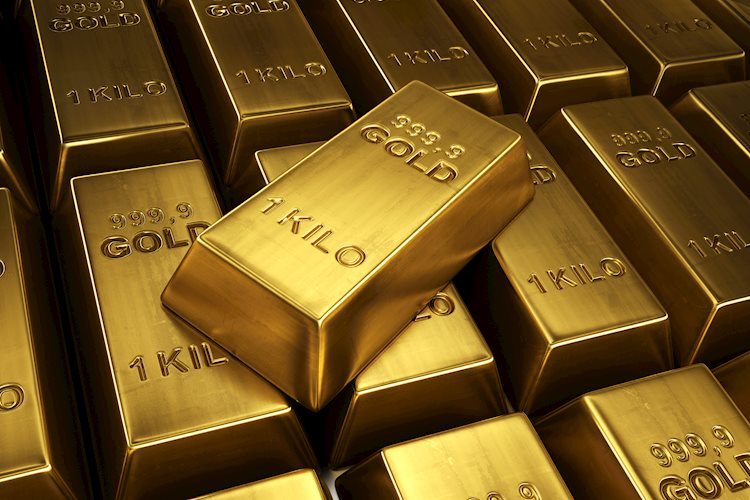Gold prices took a hit in the early Asian session on Friday, largely due to the stronger US GDP growth which dragged the prices lower. However, the rising expectations of a Fed rate cut might help limit the losses. Investors are eagerly awaiting the US PCE inflation data to be released later on Friday, as it could provide further insights into the potential size of the rate cut.
In the current market scenario, the firmer US Dollar has led to a loss of momentum for Gold prices. A positive US growth report and decrease in Initial Jobless Claims have pushed back expectations of a deeper rate cut by the Fed in September, which has negatively impacted the non-yielding gold. Despite this, the escalating geopolitical tensions in the Middle East and the ongoing war between Russia and Ukraine may boost safe-haven demand for gold, ultimately benefiting the yellow metal. All eyes are on the upcoming US inflation data for a clearer picture of the Fed’s potential rate cut decisions.
Russia’s recent air attacks on Ukraine and the subsequent estimated losses for Moscow have added to the geopolitical tensions in the region. Meanwhile, the US GDP grew at an annual rate of 3.0% in the second quarter, beating expectations and the initial estimate. Additionally, the weekly Initial Jobless Claims in the US have declined, further highlighting the positive economic outlook. Atlanta Fed President Raphael Bostic has hinted at the possibility of rate cuts, depending on further economic data to be released before the next Fed meeting.
Technical analysis indicates that while Gold prices have edged lower, the overall outlook remains bullish in the longer term. The precious metal is currently capped under a five-month old ascending channel upper boundary and the all-time high. However, the price is holding above the key 100-day Exponential Moving Average (EMA) and the 14-day Relative Strength Index (RSI) suggests potential bullish momentum in the near term. Resistance levels for Gold are seen near the all-time high and trend channel upper boundary, while downside targets include key support levels below the round figure of $2,500.
Gold has a long history of being used as a store of value and medium of exchange, apart from its popular use in jewelry. It is widely considered a safe-haven asset, particularly during turbulent economic times, and a hedge against inflation and depreciating currencies. Central banks are the biggest holders of Gold, using it to support their currencies in times of economic uncertainty. In 2022, central banks added a record amount of Gold to their reserves, with emerging economies like China, India, and Turkey leading the way.
Gold prices have an inverse correlation with the US Dollar and US Treasuries, both major reserve and safe-haven assets. Geopolitical instability, fears of recession, and changes in interest rates can all impact Gold prices. Ultimately, the behavior of the US Dollar plays a significant role in determining Gold prices, as the precious metal is priced in dollars. A weaker Dollar tends to drive up Gold prices, while a stronger Dollar keeps prices in check.

Leave a comment
Leave a comment






























